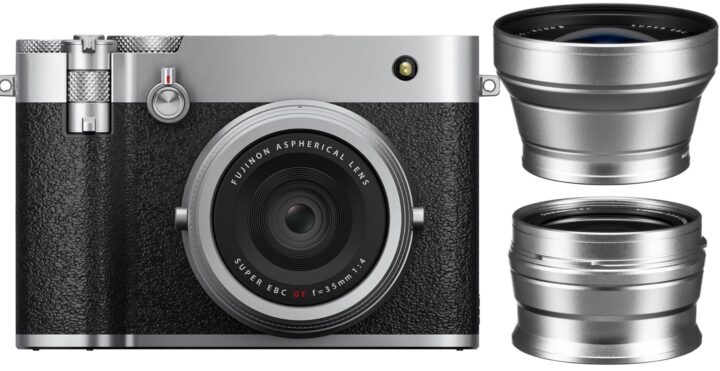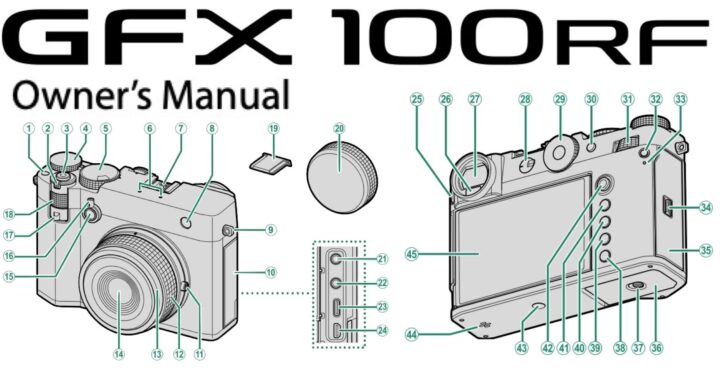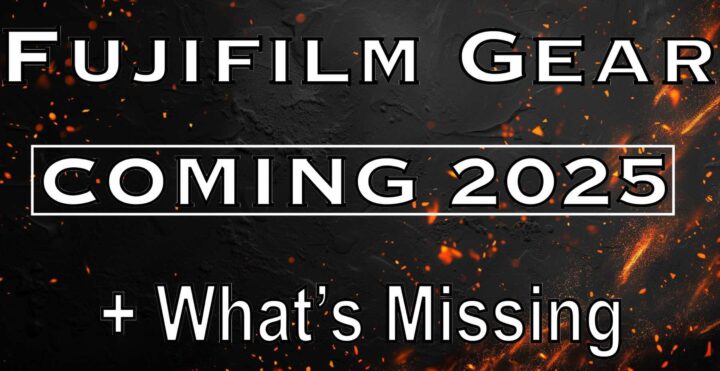Fujifilm Italy Says There Won’t be Any Lower Resolution GFX-RF and No Conversion Lenses for Fujifilm GFX100RF
Today I was listening to an older podcast with Fujifilm Italy about the Fujifilm GFX100RF.
It was an overall interesting podcast that I invite you to listen if you are fluent in Italian (link below).
But for the purpose of this article I would just like to highlight two things that have been said by the Italian Fujifilm manager.
- no lower resolution Fujifilm GFX-RF coming
- the X100VI has the Fujifilm WCL-X100 and TCL-X100 converision lenses, but Fujifilm won’t make any conversion lenses for the GFX100RF (the manager did sound absolute sure about this)
I can only hope that third parties will jump in and offer conversion lenses, just as they did with the Fujifilm X100VI, where we have various third party conversion lenses:
- Artra Lab FUNKYFRAME WCL 16mm Wide Conversion Lens for FUJIFILM X100 Series
BHphoto / Amazon - Artra Lab FUNKYFRAME TCL 60mm Tele Conversion Lens for FUJIFILM X100 Series
BHphoto / Amazon - Freewell 1.5x Telephoto Lens for Fujifilm X100VI and X100V Cameras
BHphoto / Adorama - Freewell 2-in-1 Wide-Angle & Macro Lens for FUJIFILM X100VI & X100V
BHphoto / Adorama - NEEWER 49mm 0.75x Wide Angle & 1.4X Macro Additional Lens for X100 Series Camera
- NEEWER 49mm 1.5X Teleconverter Additional Lens
- Fujifilm WCL-X100 II
BHphoto / Amazon / Adorama - Fujifilm TCL-X100 II
BHphoto / Amazon / Adorama
You can listed at the podcast at Discorsi Fotografici here.





